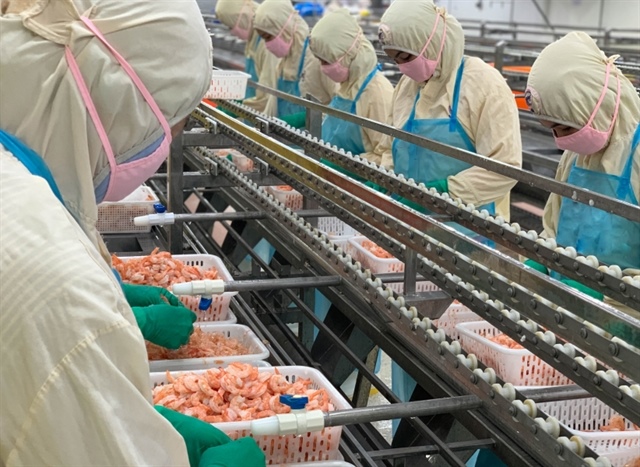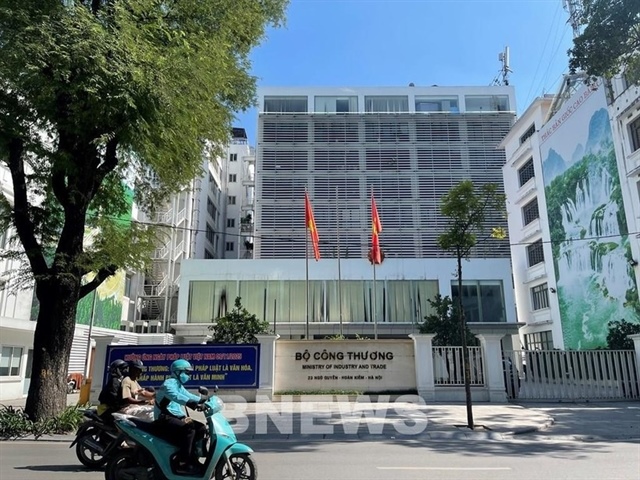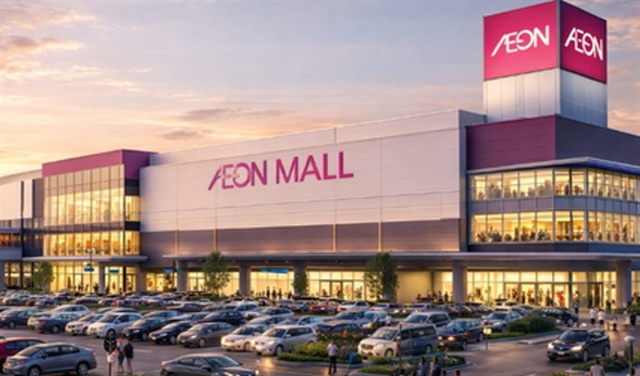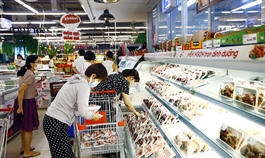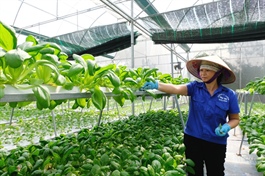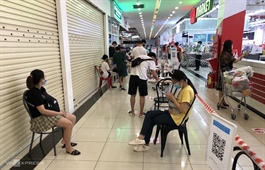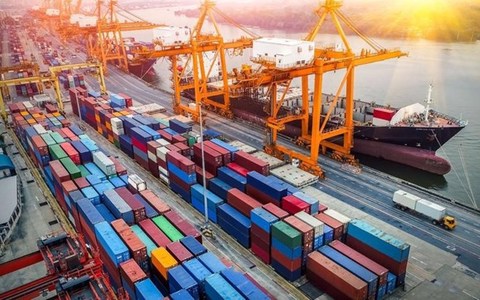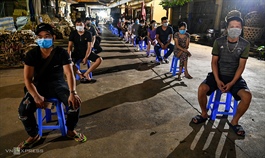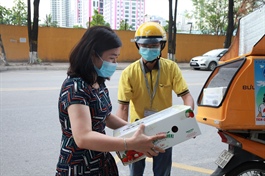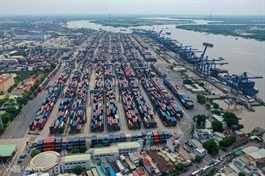Vietnam textile industry struggles to keep market share
Vietnam textile industry struggles to keep market share
Given the unpredictable nature of the pandemic, textile firms have failed to develop concrete plans for production accordingly.
While major markets for Vietnam’s textile industry are recovering, the ongoing Covid-19 outbreak in the country has left many firms in a difficult position to complete orders on time, and keep their market shares.

Production at Garment 10 Company. Photo: Khac Kien
|
Since the beginning of the year, Vietnam has suffered two outbreaks and the most severe so far is hitting a number of southern cities and provinces, including key industrial parks at Ho Chi Minh City and Binh Duong.
Tan De Sportswear Manufacturing Company, located in the northern province of Thai Binh, has received an urgent order of 40,000 coats from foreign partners amid others in the South who are severely affected by the pandemic.
Completing contract orders, however, remains a major issue for everyone. “Orders are growing that could keep us occupied until late 2022, but given the situation, we could only accept 20% of the number,” said Nguyen Tien Phuong, General Director of Tan De.
Dony Garment Company in Ho Chi Minh City, Vietnam’s current Covid-19 epicenter, was forced to temporarily suspend operation due to the shortage of workforce and rising operational expense.
“The lack of working capital to operate is currently the biggest challenge for us at the moment,” Dony General Director Pham Quang Anh said.
Statistics from the Vietnam Textile and Apparel Association (VITAS) revealed up to 97% of textile companies in the South closed during the pandemic.
The remaining are operating under the “3-on-place” model, which means workers have to work, eat and sleep right at the factory. Even in that case, most are working on existing contracts to avoid paying huge compensation.
“Due to concern of disrupted supply chains, a number of foreign companies have considered shifting their orders to countries with better Covid-19 situation,” noted the VITAS.
From making up 30-40% of market shares globally for Nike or Adidas products, local firms run the risk of losing customers if the situation does not improve."
Long way for full recovery
VITAS President Vu Duc Giang said given the unpredictable nature of the pandemic, textile firms have failed to develop concrete plans for production accordingly.
“The rate of employees staying at factories under the “3-on-place” model is only 10-30% of the total, meaning they could not operate at full scale,” Giang stated, adding 60-70% of workers are not willing to stay at factories for fear of being infected.
Dr. Tran Toan Thang from the National Center for Socio-Economic Information and Forecasting said it would be a long way for the industry to return to full capacity.
“Even when the pandemic is put under control in two or three weeks, it would take up to two months for textile firms to operate at full scale,” he said.
Nevertheless, Giang from VITAS expected a brighter outlook as many companies in North and Central Vietnam has returned to operate, thanks to improvement in the situation.
“The garment industry is still able to reach the export target of US$38-39 billion this year if we can take advantage of free trade agreements, including the CPTPP or EVFTA,” he added.
Giang also called for the government to prioritize vaccination for textile workers to keep the supply chains intact, noting many firms are willing to cover the expense of vaccination.
|
Vietnam is currently among the world’s top three garment exports with a turnover of $15.2 billion in the first six months of this year, an increase of 15% year-on-year. A report from the Ministry of Industry and Trade (MoIT) noted demands are growing for Vietnam’s key garment export markets, including the EU and US, thanks to economic recovery and effective vaccination strategy. “This would put Vietnam’s textile industry in a condition to realize the export target of $39 billion in 2021,” noted the MoIT. |


